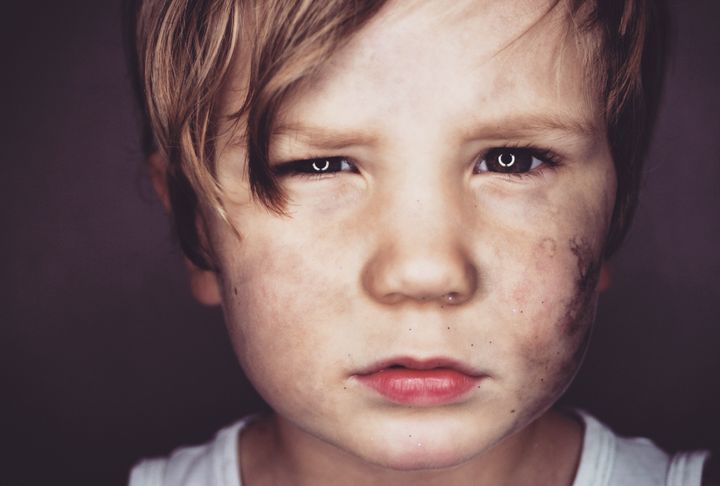
Children deserve to grow up feeling safe and happy and we all play a role in protecting them and ensuring this basic human right.
Suffering abuse is one of the worst things that can happen to a child. Whilst child abuse can come in many forms, it can still be hard to spot the signs that something is wrong.
Essentially, any behaviour that causes significant harm to a child can be considered abuse. This can be physical, sexual or emotional, but can just as often be about failing to provide for a child’s basic needs. Neglect – whether of food, hygiene and shelter, or love, care and attention – can be just as damaging to a child as physical abuse.
How can you tell if a child is being abused?
It’s not always easy to pick up on the signs that a child is being abused. That doesn’t mean it’s not happening, nor that the impact on a child isn’t huge.
Depending on their age and maturity, children may not understand what is happening to them or not have the words to describe it. They may also be scared of the consequences of speaking out, for example, being threatened by an abuser if they tell anyone.
They may also feel isolated and alone. They might believe that there is no one they can tell, or that they won’t be believed if they do summon up the courage to find help from a trustworthy person.
If you think a child or young person may be at risk from abuse, there are three key signs you can look out for, simply using ABC to spot the signs. These are changes in a child’s Appearance, Behaviour and Communication.
Appearance

One of the more obvious signs might be if you spot that a child has unusual injuries such as cuts, bruises or burns that can’t be easily explained or where the story of how it happened keeps changing. This is could be a potential sign that a child is being physically abused. They might have a consistently uncared-for appearance, unsuitable clothes, poor personal hygiene or look malnourished, which could be a signal that they are suffering from neglect.
Behaviour

Children and young people are constantly changing, but a dramatic and sudden change of behaviour may be a sign of abuse. For example, a previously confident child who becomes increasingly withdrawn. Similarly, a child might act out excessive violence with other children, become disruptive and prone to angry outbursts. They could also be overly anxious or lack social skills with few or no friends. They may also refuse for you, friends or a professional to visit them at home.
Communication

A child might start talking aggressively, using sexual or other inappropriate language. They might become secretive and reluctant to talk about their families and home life. They could also talk about running away from home or self-harming. All are potential signs that everything might not be OK.
What if you suspect abuse but you’re not certain?
You don’t have to be absolutely sure that abuse is happening. Trust your instincts and report your concerns. If it turns out that you are mistaken, there is no shame or harm in that. Expert professionals are trained to assess every report and explore all considerations. If there are no issues, you can have peace of mind knowing you did the right thing. If the child or family do need support, it’s still a positive outcome, helping to give a child greater safety and stability and keeping them safe from harm.

Who can you talk to if you suspect a child is being abused?
Reporting potential child abuse is very straightforward. You can contact your local council, the NSPCC or the police to explain your concerns to trained professionals.
You’ll need to provide basic information such as the child’s name, the school they go to or their address. You can also report if you have concerns about the risk of abuse to children or young people in a particular location, such as a club, school or community space.
If you’d prefer, you can remain anonymous when you report your concerns about a child.
If you, or someone you know, has been affected by any of the topics in this article, the NSPCC has a free helpline service where you can speak to a counsellor 24 hours a day, 365 days a year. They will listen to your concerns, offer advice and support and can take action on your behalf if a child is in danger.
You can find more information through the Together, we can tackle child abuse campaign, led by the Department for Education.